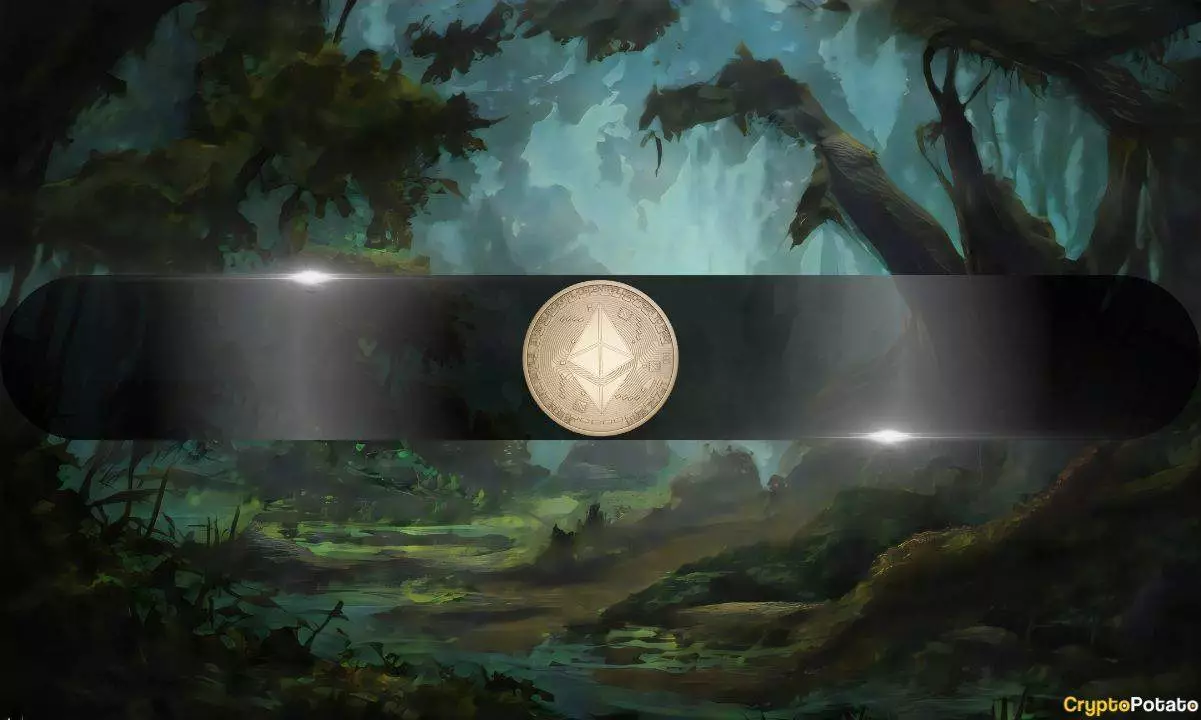Ethereum, often lauded as one of the leading cryptocurrencies, faces an unprecedented wave of skepticism regarding its investment potential. Critics, including prominent voices like Quinn Thompson, founder of Lekker Capital, have declared Ethereum (ETH) “dead” in terms of investment merit. This bold claim is not just a reaction to the prevailing bearish sentiment but signifies deeper issues at play in the Ethereum ecosystem. The term “dead” might seem extreme, but it encapsulates a growing consensus that Ethereum’s fundamentals are faltering. A market cap of $225 billion feels fragile when transaction activities, user growth, and fees continue to dwindle, suggesting that while Ethereum may retain its utility, its value as an investment is under dire threat.
Layer-2 Networks: The Double-Edged Sword
The emergence of Ethereum layer-2 networks has been touted as a solution to scalability and transaction cost issues. However, this very innovation has led to the appropriation of value away from ETH itself. Nic Carter, co-founder of Coinmetrics, points out the irony: Ethereum’s own architecture is bleeding it dry with a plethora of tokens flooding the market. This oversaturation has shifted social consensus towards accepting excess token creation as standard practice—an acceptance that spells doom for ETH’s price stability. The environment that was designed to enrich developers has inadvertently put investors in a precarious position, leading to a misalignment of incentives that could potentially cripple Ethereum as an investment vehicle.
The Vicious Cycle of Overproduction
What’s particularly troubling is the race to create layer-1 networks or additional products to bolster investment opportunities. This “outdo or be outdone” mentality among venture capitalists promotes an ecosystem where the long-term value of Ethereum is sacrificed for short-term gains. As one anonymous analyst provocatively pointed out, these behaviors have made ETH an easy target for those deriding it as a “scam,” including certain factions within the Bitcoin community. In this light, Ethereum does seem to be a victim of its own success—overproduction has diluted its appeal and left many investors disheartened with their diminishing returns.
The Need for Community Consciousness
Ultimately, the narrative emerging around Ethereum serves as a stark reminder of the importance of community and consensus in any blockchain ecosystem. If ETH’s community were to unite behind its core values and resist the lure of quick profits from excessive token creation, perhaps it could regain its footing. The mentioned analyst remarked on Bitcoin maximalists’ fear of Ethereum, viewing it as a paradigm that Bitcoin could never achieve in terms of utility and relevance. This perspective emphasizes the critical need for a collaborative fraternity that prioritizes robust investment over competitive greediness, which only serves to distance Ethereum from its original mission.
With ETH currently trading around $1,830—down nearly 50% from its value a year ago—these thoughts are more than just speculative; they’re urgent warnings for a community that must rally to salvage its future. Ethereum stands on precarious ground, and without significant introspection and action, it risks fading into obscurity amidst an ever-competitive crypto landscape.














Leave a Reply